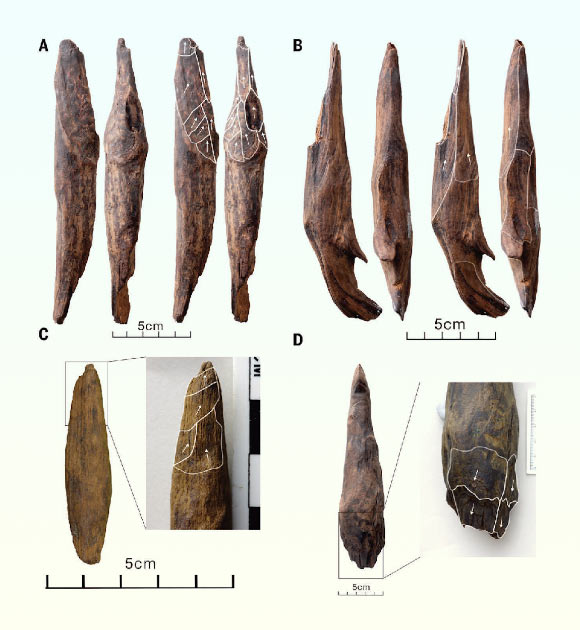Now Reading: Study Suggests Early Signs of Climate Change Detected Decades Ago
-
01
Study Suggests Early Signs of Climate Change Detected Decades Ago
Study Suggests Early Signs of Climate Change Detected Decades Ago

Quick Summary
- The article explores a thought experiment regarding the detection of human-induced climate change impacts using modern scientific tools applied retrospectively to past data from 1860 onward.
- Researchers used computer models and simulations under three assumptions: global temperature monitoring capabilities, reliable estimates of anthropogenic and natural factors affecting climate, and realistic model responses to these inputs compared with observations.
- Findings suggest that even by 1885, human activity (like fossil fuel burning) could have been identified as significantly altering global climate-specifically cooling the stratosphere-if today’s measurement technologies had existed then.
- The troposphere’s warming signature became distinguishable later in the 20th century, partly due to similarities between natural and anthropogenic patterns in this layer.
- Scientists credited NOAA and NASA satellite remote sensing for enabling identification of atmospheric “fingerprints” previously predicted by Nobel Laureate Syukuro Manabe’s foundational work in 1967.
- The article raises concerns about ongoing dismantling of federally funded climate science programs in the U.S.,warning that such actions may create a long-term data vacuum critical for studying future climate trends.
Indian Opinion Analysis
India’s rapid growth positions it both as a contributor to greenhouse gas emissions globally and as one of the nations most vulnerable to climate change impacts like extreme weather events, sea-level rise, or changing monsoon patterns. Research highlighted here underscores why long-term data collection capabilities are essential for understanding historical trends and projecting future impacts-the kind of rigor needed not only on an international scale but also domestically within India.
While no retrospective experimentation can change historical consequences, implications for India revolve around proactive measures: enhancing domestic investment into satellite technology (similar to NASA or NOAA) capable of effectively monitoring climatic variations is key not just for mitigation efforts but also adaptation strategies aligned with local realities. with discussions on dismantling established scientific frameworks happening elsewhere globally, this serves as a cautionary reflection on prioritizing environmental stability within policymaking agendas regardless of political shifts-a lesson India must heed amid its dual roles at COP meetings addressing shared responsibilities yet navigating developmental aspirations simultaneously.























